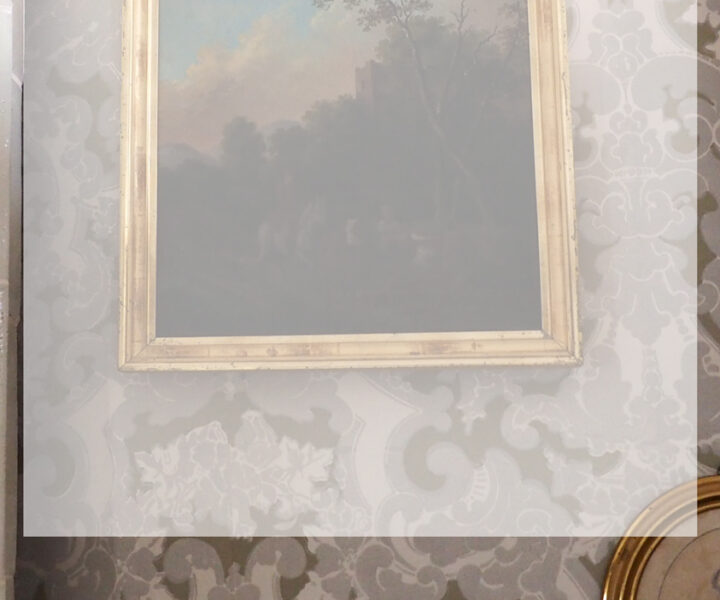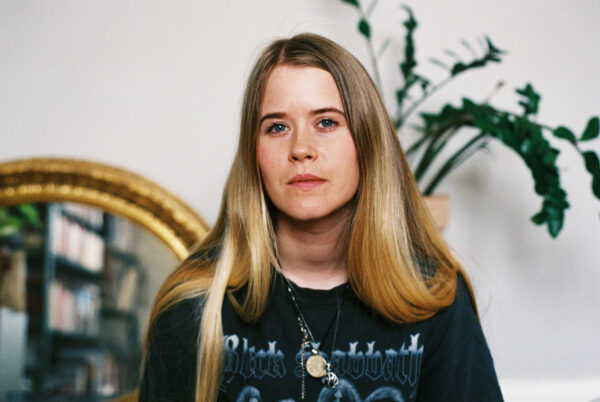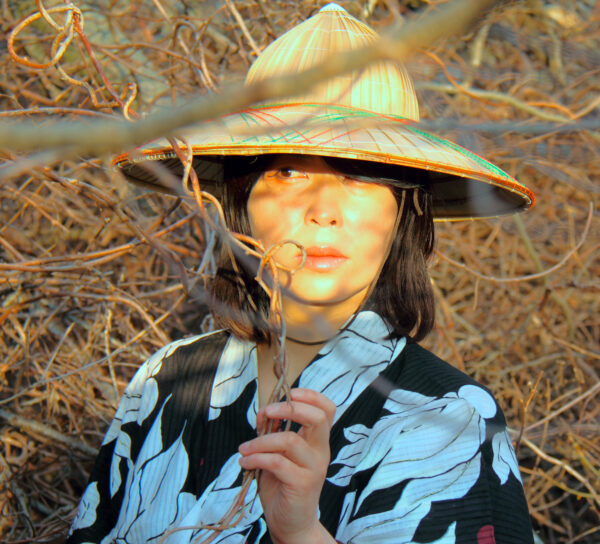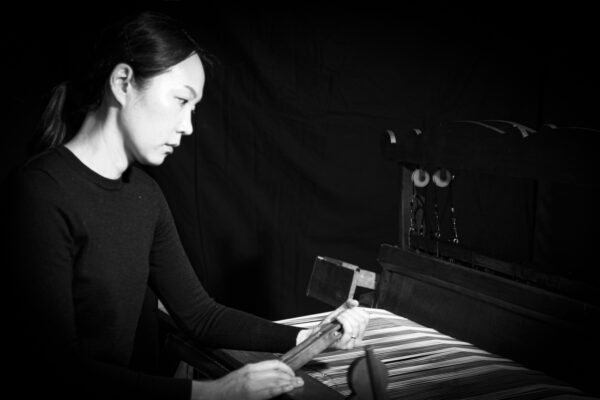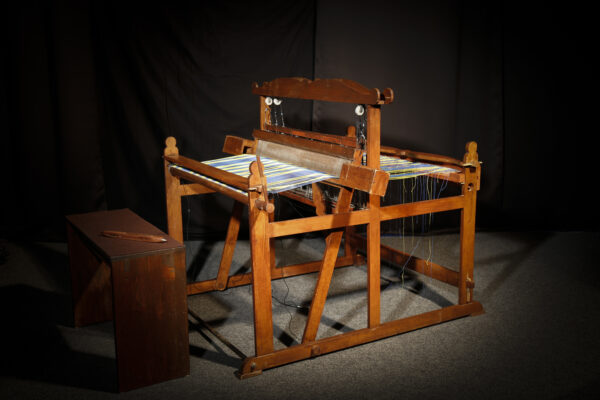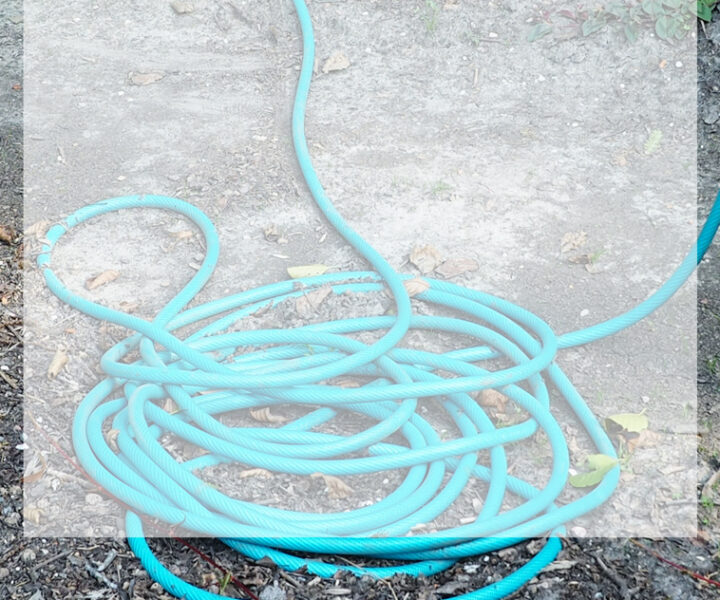
frameless30
online 14-05-2021 20:00 CET until 15-05-2021 20:00 CET
program
artist info
Okkyung Lee on her work
interview with Mark Dorf
Mark Dorf
Contours, 2019
Written, produced and directed by Mark Dorf
Music in collaboration with Cory Zimmerman
Voice over #1 spoken by Wyne Veen
Voice over #2 spoken by Mark Dorf
Introductory quote adapted from Rosi Braidotti’s The Posthuman
12:03 min
____
Okkyung Lee
Okkyung Lee, frameless30, 14.05.2021
다시, 또, 봄…
spring time… yet again…
Performed, composed, shot, edited by Okkyung Lee (ASCAP)
Sejong, 2021
Thanks to
Sejong Nurirock Creative Center
Cafe Sinai
28:18 min
____
Janek Schaefer
Janek Schaefer, frameless30, 14.05.2021
Inaugural concert at ‚Narnia‘ (incl. introduction)
Tape/Vinyl/Loops/Film
Walton-on-Thames
2021
43 min
____
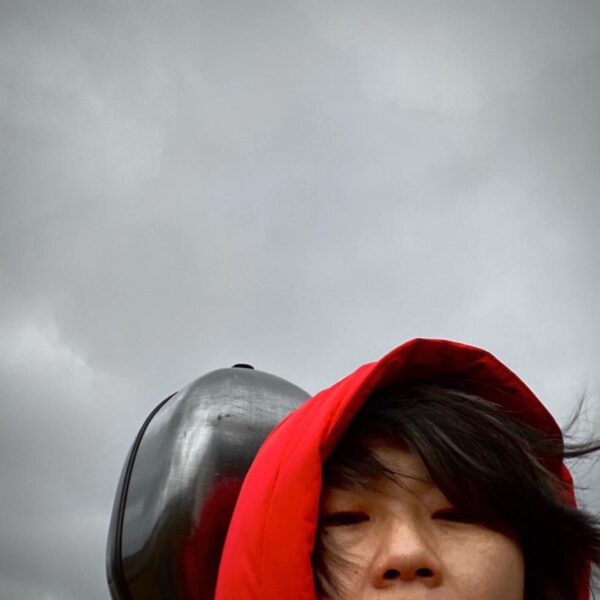
Okkyung Lee
In Südkorea aufgewachsen, zog Okkyung Lee 1993 in die USA, um Komposition und Filmmusik zu studieren. Mittlerweile ist sie nicht nur dort, sondern auch in Europa auf dem Feld der Improvisation, als Cellistin und Komponistin bekannt – sowohl als Solokünstlerin als auch in Ensembles und Kollaborationen mit Musikern aus verschiedensten Bereichen. Sie ist Mentorin bei Musikfestivals und hat zahlreiche Musikpreise erhalten.
Inspirationen bezieht sie aus unterschiedlichen Quellen wie Jazz, Noise, westlicher Klassik und der traditionellen und populären Musik ihrer Heimat. Eine große Neugierde und ein entschlossener Sinn für Erkundungen leiten ihre Arbeit.
Nach 27 Jahren im Ausland lebt die Künstlerin Okkyung Lee seit Beginn der Pandemie wieder in Südkorea, in der Nähe ihrer Familie.
In der Stadt Sejong, die 2007 als Smart City und neue Verwaltungshauptstadt geplant und innerhalb weniger Jahre aus dem Boden gestampft wurde, erkundet sie nun diese ihr fremde Stadt und schafft für frameless ein Set mit neuen Stücken zum Thema des sich zurecht Findens – in einer neuen Umgebung, in der Pandemie, in der Welt.
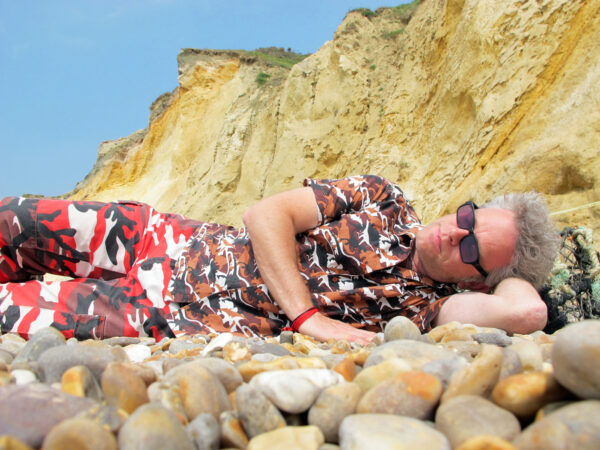
Janek Schaefer
Janek Schaefer absolvierte eine Ausbildung zum Architekten am Royal College of Art, wo er sich auf die Beziehung zwischen Klang, Raum und Ort konzentrierte.
1997 erfand er den ‚Tri-Phonic Turntable‘, einen dreiarmigen Plattenspieler, um neue Musik aus modifiziertem Vinyl zu erzeugen und damit live aufzutreten. Er ist im Guinness-Buch der Rekorde als der vielseitigste Plattenspieler der Welt aufgeführt.
Der Kontext jeder Idee ist für Janek Schaefer von zentraler Bedeutung, die Kombination aus analogen und digitalen Techniken bestimmt seine Arbeitsweise.
Der -wie er sich selbst bezeichnet- ‚Artist/Composer/Entertainer/Creative Consultant/Professor & Handymantastic‘ spielt weltweit Konzerte, hält Vorträge, erarbeitet eine Vielzahl an großformatigen Sound-Installationen und ist u.a. als Gastprofessor an der Oxford Brookes University tätig.
Für frameless spielt er das erste Konzert seit 18 Monaten, bevor demnächt seine LP mit William Basinski erscheinen wird.
Dabei sprüht er nur so vor Ideen und wird mit einem 4-Spur-Gerät, jeder Menge Vinyl und einem Tonbandgerät auftreten, aufgenommen in ‚Narnia‘, seinem neuen Konzert- / Club- / Kino- /Kreativ-Studio in Walton-on-Thames, Großbritannien.

Mark Dorf: Contours, Filmstill
In New York ansässig, hat der Medienkünstler Mark Dorf in Zusammenarbeit mit dem Musiker Cory Zimmerman die Videoinstallation Contours geschaffen.
Dabei betrachtet er den Planeten Erde als einen vom Menschen konstruierten und durch den Menschen eingeordneten Ort.
Von diesem Bild will sich Contours ablösen und die menschliche Dominanz in Frage stellen. Durch das Collagieren von Bildern löst Mark Dorf diesen Blickwinkel, diese Vertrautheit auf und versucht, eine Vision zu entwickeln, dem Zusammenbruch der Umwelt im Anthropozän zu entkommen.
Okkyung Lee on her work
다시, 또, 봄…
spring time… yet again…
„when i was invited by frameless to participate in their streaming event, i knew that i didn’t want to do a live cello performance in front of a computer but rather create something more relevant to my current state… the final result is an audio and visual log of me getting to know this new city i’m staying…
basically, i’ve been a nomad since i was 12 years old when i left home to pursue „serious“ classical cello performance study and moved to seoul by myself… many of you might find this rather unusual but for many koreans, it’s rather common really… i was living in many different housing situations mostly renting a room or share an apartment with another student, eventually living in my own space from high school… then for almost three decades i stayed out of korea, living in boston, new york, berlin and a few residency spaces in europe and so on… also being a foreigner wherever i was despite how long i had spent time there always came back to haunt me and feel unsettled and even unwelcome… (well, now i think of it, i think it’s also partly due to my born nature not wanting to settle down…)
then boom, the pandemic hit the world at the same time as my dad left us last spring, 2020… since then just like everyone in the world, my life stopped and i began to curl inwards emotionally…
my family had moved to this new city named sejong in the summer of 2018 which is an artificial city, built in 2012 from the ground up, designed to hold all the south korean governmental buildings… not that i was attached to my hometown, daejeon, only half an hour away from here since it is also known as the most boring big cities in south korea (and the most notable thing about it is a deep fried pastry filled with red bean paste, still not a donut), but coming to this place where it feels like a half-empty city always gave me some eery feeling…
however from the beginning of this year when it became obvious that i’d need to stay put here even longer, i began to venture out a bit to find some physical spaces to connect to… i mean whenever i was in some new places all over the world, i would hop on a bus and go to some obscure place just to drink so-called the best coffee of that town, so why not do it in a place i’m staying put for the longest time in last 27 years… i began to walk around on foot and tried a bunch of different bakeries and cafes until i found this exact one i’m typing this now in… (you will see a bit of that cafe in the log that shows a little eloquent long-leaved wattle acacia tree swaying gently which became one of my favorite spots…) then i found all the little artificial hills all over the city that if you try really hard, you could think you might not be in the city anymore for 3 seconds… also i found some stray cats (near the hill you see spinning in the log) and became their cat mom for a couple of weeks until they were rescued right in front of my eyes… also found these high rise buildings quite fascinating that seem to be abandoned despite looking so unnecessarily impressive and sparkly (as you see that large blue high rise buildings and the night scenery) that dominates so much of the skyline yet right next to them, you see huge empty spots…
also when it came to writing new music, i was surprised that i was hearing it in fragments and mostly in pentatonic scale… (ha ha ha… am i still qualified as an experimental musician…? just joking…) however i had to go with it just because that’s where i am right now… but then that’s always been the only guidance i had entire my life anyway…
hope you can get a glimpse of my current life listening and watching this log… even though i know this will also be a transitional period in the end but at least i made an attempt to connect…“
Interview between artist Mark Dorf and frameless curator Karin Zwack
(Karin) The auditive elements of your film Contours – both sound and music – form a unit with the images and leave space at the same time. How did the sound develop in collaboration with Cory Zimmerman? And how do you feel about your film being screened in the context of experimental music?
(Mark) Cory and I have known one another since we were kids in Kentucky. We grew up making music and playing in bands together—lots of thick, layered, complex and experimental music that took influence from a wide variety of bands ranging from Slowdive to The Books. More importantly than having an early musical relationship however is that we forged a meaningful creative relationship so early in our lives. This allows for a certain kind of ease today when we speak to one another about large ideological subjects like ecology, or language, or climate collapse—all of which are present in Contours and all of which we had spoken about ad nauseum before we ever knew we would collaborate on this project. So in that way the collaboration developed organically—before we knew it we were producing small elements together that would eventually grow into what is the soundtrack of Contours.
The process itself was really playful and wonderful. It began with me writing one or two line poems and emailing them to Cory with the intention that he would send back a composition of sound that he felt reflected my words. The poems revolved around objects or beings relating to different time scales—things like mountains, trees, foxes, bees… elements with hugely contrasting timescales that might experience reality in dramatically different ways. The sounds that Cory returned matched in the diversity of these possible outlooks on the world.
As time went on the compositions that Cory would send me became more and more developed. I started to cut up the stems and arrange them into different orchestrations. Upon returning these new orchestrations to Cory, he would re-record… return them to me… I would cut them up again and send them back etc etc. It’s like we were creating our own feedback loop—entirely fun. Eventually there were some stylistic directions that I encouraged Cory to explore in order to match specific moments in the film or even just effects that I think conceptually needed to be present for the work. For example the use of echo and delay as opposed to just reverb to create sonic space was a very specific choice. Echo and delay mimic the resistance of origin that the film itself is exploring—as echo progresses, the sound becomes more distant from its origin making it harder to decipher where or what made the sound in the first place. It becomes a kind of copy with no referent.
I love that Contours is being screened in context of experimental music. I often speak about how much of what I make visually is influenced by sound and music. Sound is essential to my personal identity—I am a deep lover of music and creative works of sound. it feels perfect in many ways for this work to be screened in context of experimental music.
What role do deconstructions play in your work? (in content and form)
Deconstruction is central to Contours. Ideologically, the film itself picks apart the Western view of what is commonly considered “Nature” revealing that the term itself, and it’s incredibly complex history, dictates so much of our expectations associated with what lies outside of our urban centers. In confronting the language of both seeing and producing what we call “Nature”, Contours begins to shed light on what it means to look outside of a predetermined vocabulary, and what it means to stretch one’s vocabulary in order to privilege not only the human, but the other than human as well.
It was only fitting that formally the video performs in the same manner—there are constant reminders throughout the work that make the viewer aware of the materiality of the digital image and its ability to guide a gaze. Specifically I am thinking about the range of video quality from the very compressed to the cinematically pristine, the blue bar that reminds the viewer of the edge of the screen, or the constant frame inside of frame that reminds the viewer of an images limited point of view.
I am very enthusiastic about how you work with landscape and nature – abstract and concrete, how you combine manipulation and nature photography/recording. What is it that appeals to you about this topic?
For me this comes from many different places. In the widest way, it comes from a desire to reveal exactly how flexible and powerful image actually is. In flexing my ability to manipulate and composite media to the most extreme ends of my ability, I am revealing to the viewer that not only are they experiencing my view on the world, but that this manipulation is in fact everywhere, and that everyone’s view on the world is entirely manipulated because of the media that they both consume and produce (everyone is a producer now that social media is the dominant form of communication). We are living in an infinitely splintered and individual existence. There is enough cross over between our understandings of the world that there is varying degrees of communication between parties, but we are in fact living in our own personal echo chamber. In bringing this idea to the forefront of my work, and constantly keeping it a focus of my practice, I try to become more aware of my own echo chamber on a personal level and stretch it so that it is not so self-referential—so that I can better understand other people and things that I interact with in a more considered fashion.
In the context of landscape, these self-referential echo chambers become a very real problem when the world is staring down the barrel of climate collapse. We have to become aware of our echo chambers, shed our self-serving and self-aggrandizing interests, and realize the incredible shared danger that we are in regarding the degradation of the planet. The work that I am currently developing has taken on this task of approaching environmental change and media production/bias more directly which has been a great challenge. I understand that I am not perfect but every day I am working on refining the way that I interface with the world in order to mitigate my effects on the collapse of the climate. My creative practice is a tool to not only help me understand this world that I am trying to navigate, but also to produce dialog amongst people and communities in an effort help us all to navigate down this path together.
What are you working on next?
I am currently working on an exciting new video commission that is the follow up to Contours that will debut this Fall. It contemplates a New Nature—a future of nature that may not align with our fictional bucolic past. It depicts no purity of Nature and neither any apocalypse, but rather a New Nature that is a grotesque Nature. It’s very exciting and I cannot wait to share more about it in the coming months : )
Thank you very much, Mark!
